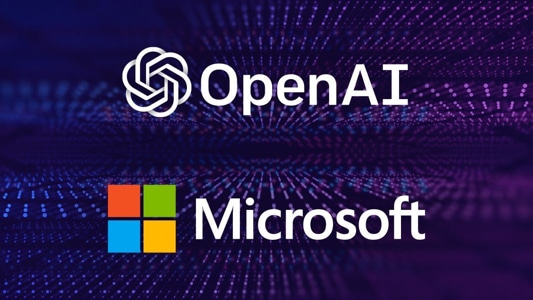Adobe announced new capabilities to their Intelligent Services with AI throughout organizations to improve customer experience, giving brands access to smarter workflows and real-time scalability.
Content and Commerce AI
Now in beta, Content and Commerce AI helps brands understand context around how the content is performing in market, by delivering insights and guidance on content features such as colors, or subjects. Brands can combine the power of Adobe Experience Manager with Content and Commerce AI to automatically extract keywords and tags from documents and content fragments, as well as label documents and images with custom AI models, a process that previously could take a long time and manual effort. For example, a retailer can automatically label and quantify the color composition of an image, and deliver visually similar product recommendations to customers based on intuitive product features such as shape, design and color, based on customer actions. The use of content intelligence can also be important for B2B businesses. Search based on color metadata or visual similarity can be used by franchisees to optimize their product selections from catalogs.
Customer AI in Real-Time CDP
Adobe’s Real-time CDP bridges marketing and IT, helping brands find meaning in different data sets, from CRM to online analytics to offline point of sale (POS). Available today, brands can leverage Customer AI within Adobe’s Real-time CDP to analyze historical and real-time data to dig deeper and understand the underlying reasons behind customer actions. Customer AI in Real-time CDP will help brands understand and predict customer propensity such as the likelihood to convert or churn along with the reasons behind their actions.


